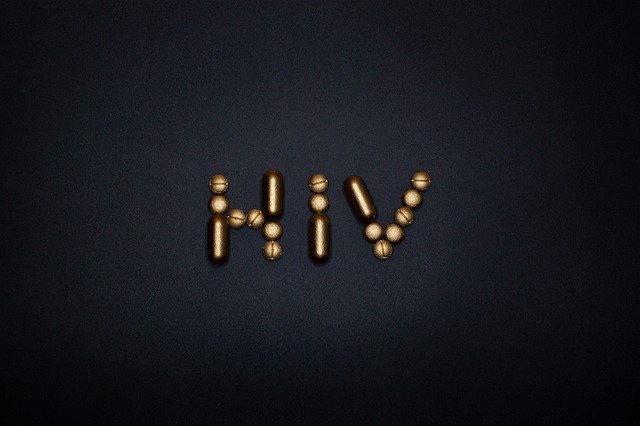The United States of America has been seeing an uncontrollable surge in HIV cases without a definite solution to minimize the rate of infection. With approximately 1.2 million people infected with HIV nationwide, vibrant cities like Baltimore aren’t spared from the clutches of this dreaded infection. The nation records an estimated 37,600 new HIV infections every year. Although measures are taken to tackle the issue, there is still work to be done to minimize the rising cases of infections through HIV testing.
While the number of HIV cases in the nation is small compared to the total population, it doesn’t mean you should let your guard down. Certain population groups are more susceptible to the virus than others. The highest affected group of people are those that are gay. Gay people account for 70% of the total HIV cases in the nation. Out of this percentage, gay African American men and Hispanic/Latino men are the most affected group of people. This is followed by African American women and transgender women who practice the same-gender sex.
Maryland is one of the states in the US with a leading rate of HIV cases. In 2019, the state stood at the 8th position with the highest cases of HIV per 100,000 people in the US. According to a 2020 case report, 724 new HIV cases have been reported, bringing the state’s total to 31,676. These cases have been reported in a group of people who are above the age of 13. An estimate of 3,559 undiagnosed HIV cases is reported in the state.
Baltimore is a port city in the US state of Maryland and is famous for its port attractions like the National Aquarium and the Civil War-era Warship, among others. But the dark fact about the city is that HIV is highly prevalent, and this puts sexually active people at risk. The latest report states that there are more HIV cases than ever in the city. It is not surprising why Baltimore County is one of the worst affected counties in the state. That being said, the dark side of Baltimore City is that it is a hotspot for HIV infections.
While the number of HIV cases in the US is alarming, one of the most alarming factors of HIV is the lack of testing. An estimate of one in seven people that have HIV do not know they have been infected with HIV. This lack of awareness increases the likelihood of transmission as an infected person who is ignorant of their status and spreads the virus unknowingly through sexual activities or contaminated blood in the form of syringes and injections.
According to a 2017 report, Baltimore recorded 231 HIV cases among people who are above 13 years. This brings the total number of HIV cases to 10,453, among which the male population accounted for 64.6%. The majority of the cases are reported in the age group between 13 to 49 years of age, while the age group between 50 to 59 years old accounted for 33.9%. The African-American population accounts for more than 80% of the total HIV cases. The main mode of transmission is through sexual contact that makes up to 32.2% of the total cases. Heterosexual contact and infection through contaminated needles account for 31.5% and 29.6%, respectively.
In 2018, the city recorded a dip in the cases bringing the total to 9,441 people infected with HIV. While it would’ve been the best if the rates continued to stay low, the uncontrolled spike in the 2019 report showed that HIV testing shouldn’t be taken lightly. HIV cases rose to 18,276 with 405 new diagnoses. With a massive rise in positive cases, there is an immediate need to get tested and keep things under control.
The main cause for the alarming spread of HIV in Baltimore is lack of awareness and testing. While HIV comes with its set of complications and health hazards, it can lead to AIDS once the immune system gets damaged beyond repair. The quality of living for a person with AIDS is greatly reduced. In some cases, those people with AIDS may only live for a few years. HIV may not have a cure, but proper treatment can ensure a long and healthy life with less chance of transmission.
Discreet HIV testing is available in every state to help people know their status. Testing is the only sure way to know whether or not you are infected with the virus. With proper diagnosis, it would be easier to curb the spread of the infection to others, thus limiting the nation’s rate of HIV, as well as in Baltimore.
HIV is a real problem in the US and Baltimore in particular. The symptoms of the infection can be appeased with immediate and proper treatment. HIV can be spread through sexual contact. This is why it is important to check for potential STDs to keep your sexual health at its best.
The US has recorded a drastic rise in the cases of major STDs, including chlamydia, gonorrhea, and syphilis. Since 2014, the nation has reported an increase of 19% in Chlamydia cases, 63% in gonorrhea cases, 71% in primary and secondary syphilis, and 185% in the rate of syphilis among newborns. In addition to the spiking HIV cases, the state of Maryland also stands at number 12 for both chlamydia and primary and secondary syphilis cases, number 24 for gonorrhea cases, and number nine for congenital syphilis cases.
Baltimore also has the highest rate of STD transmission per 100,000 people, according to the CDC report in 2018. The rate of transmission stands at 2,004 cases per 100,000 people. This puts the city at high risk for every sexually active person. The city reported 4,231 fresh gonorrhea cases, 7,636 chlamydia cases, and 210 syphilis cases, while HIV cases account for 207 cases.







Recent Comments